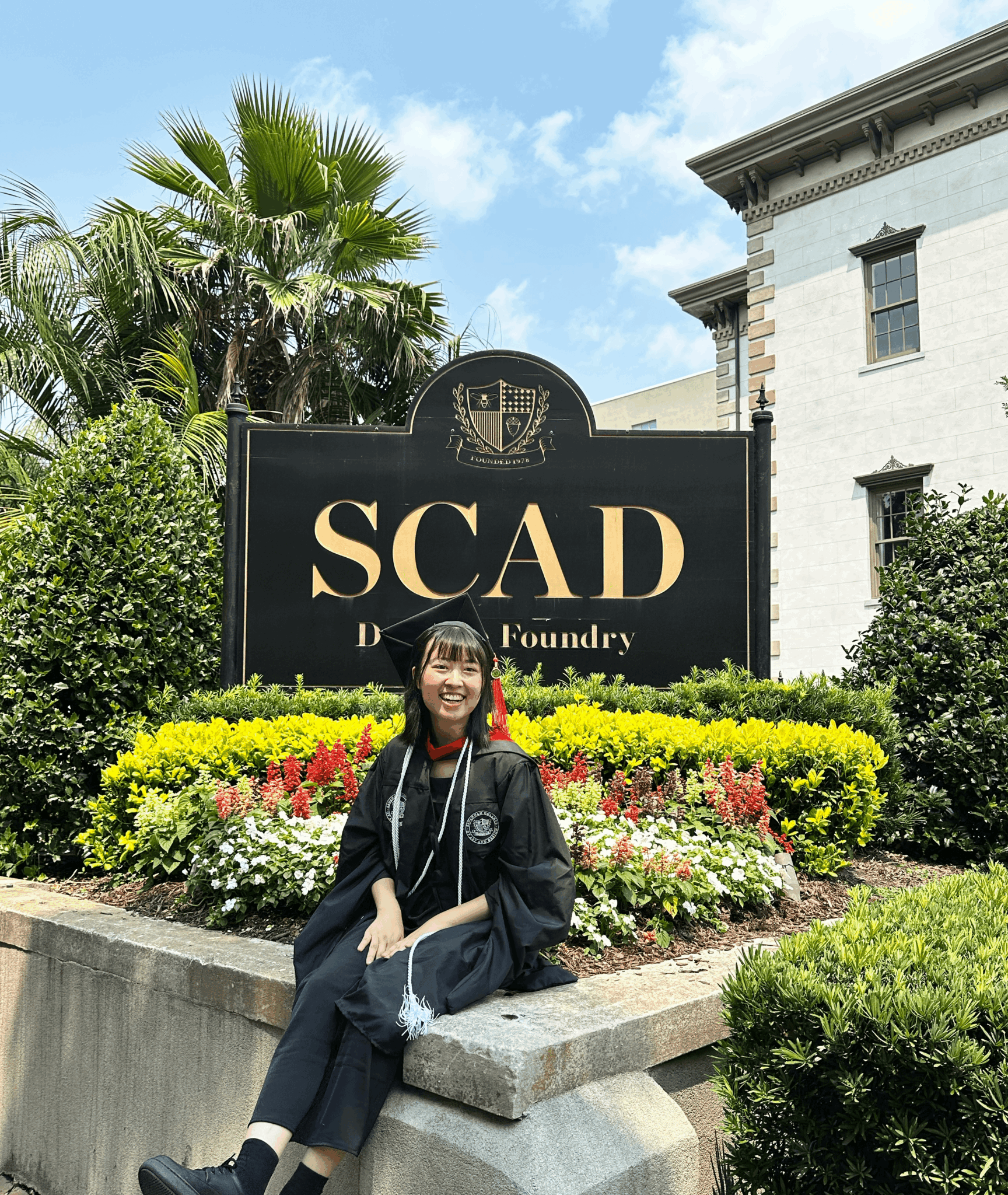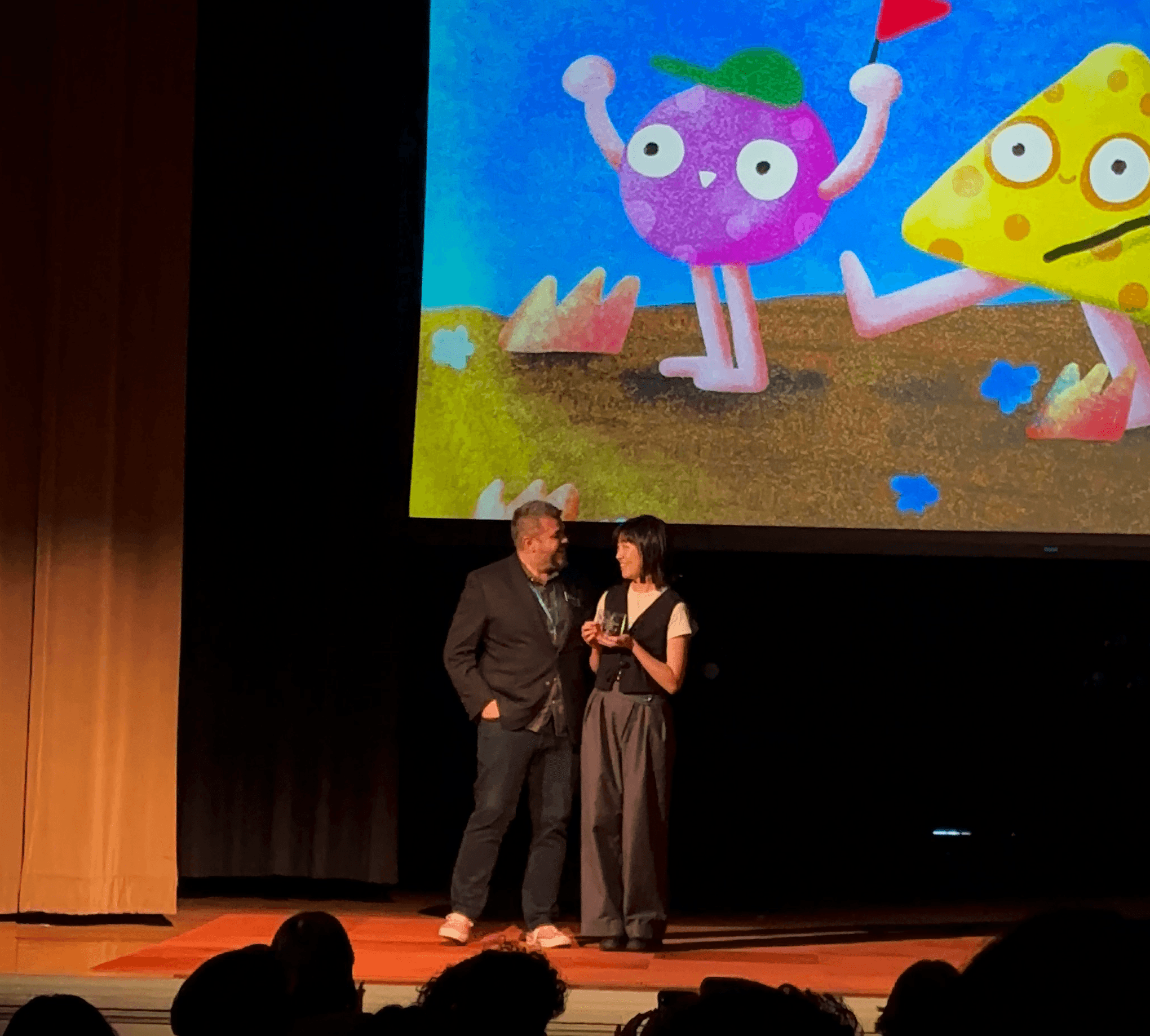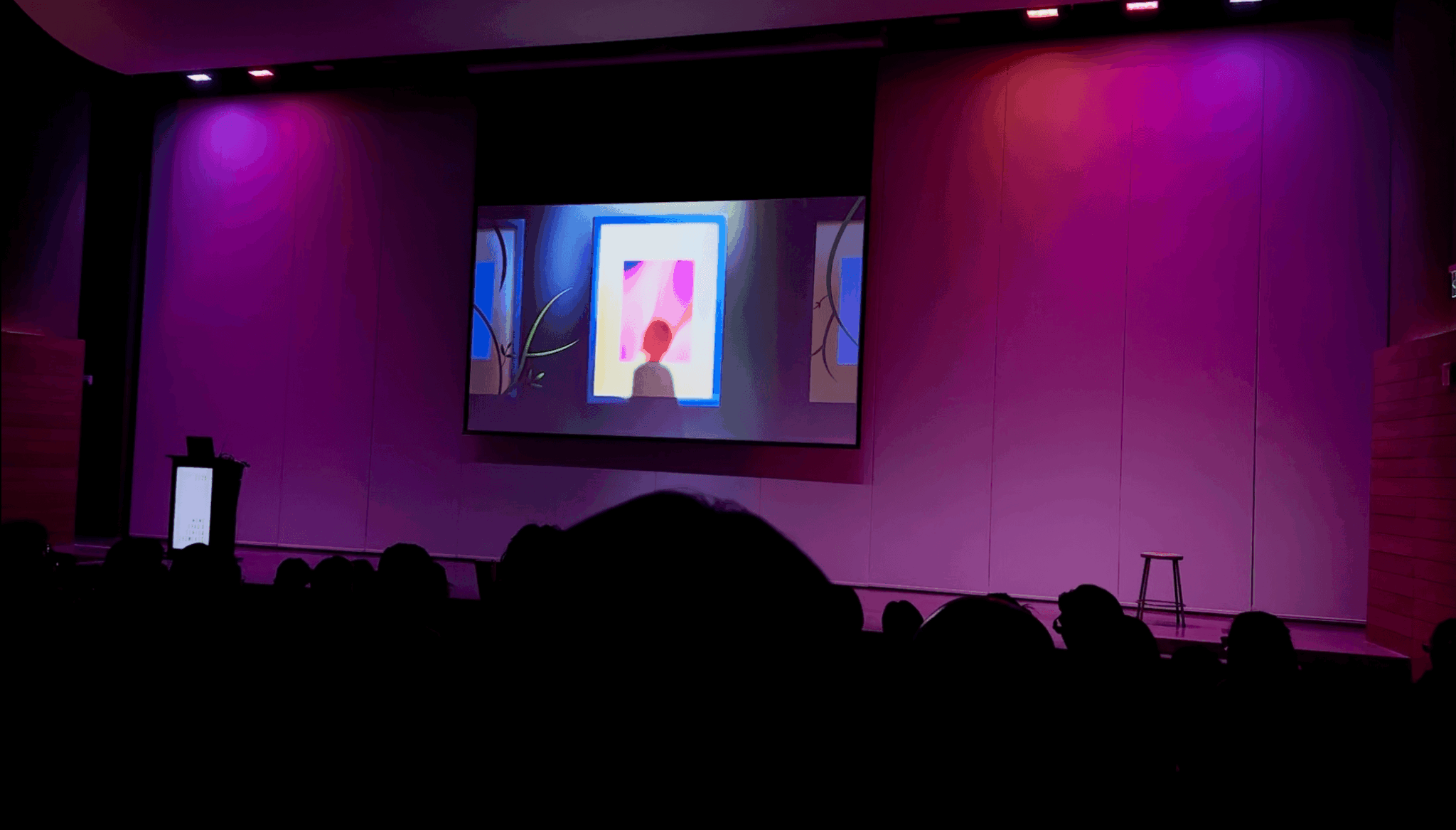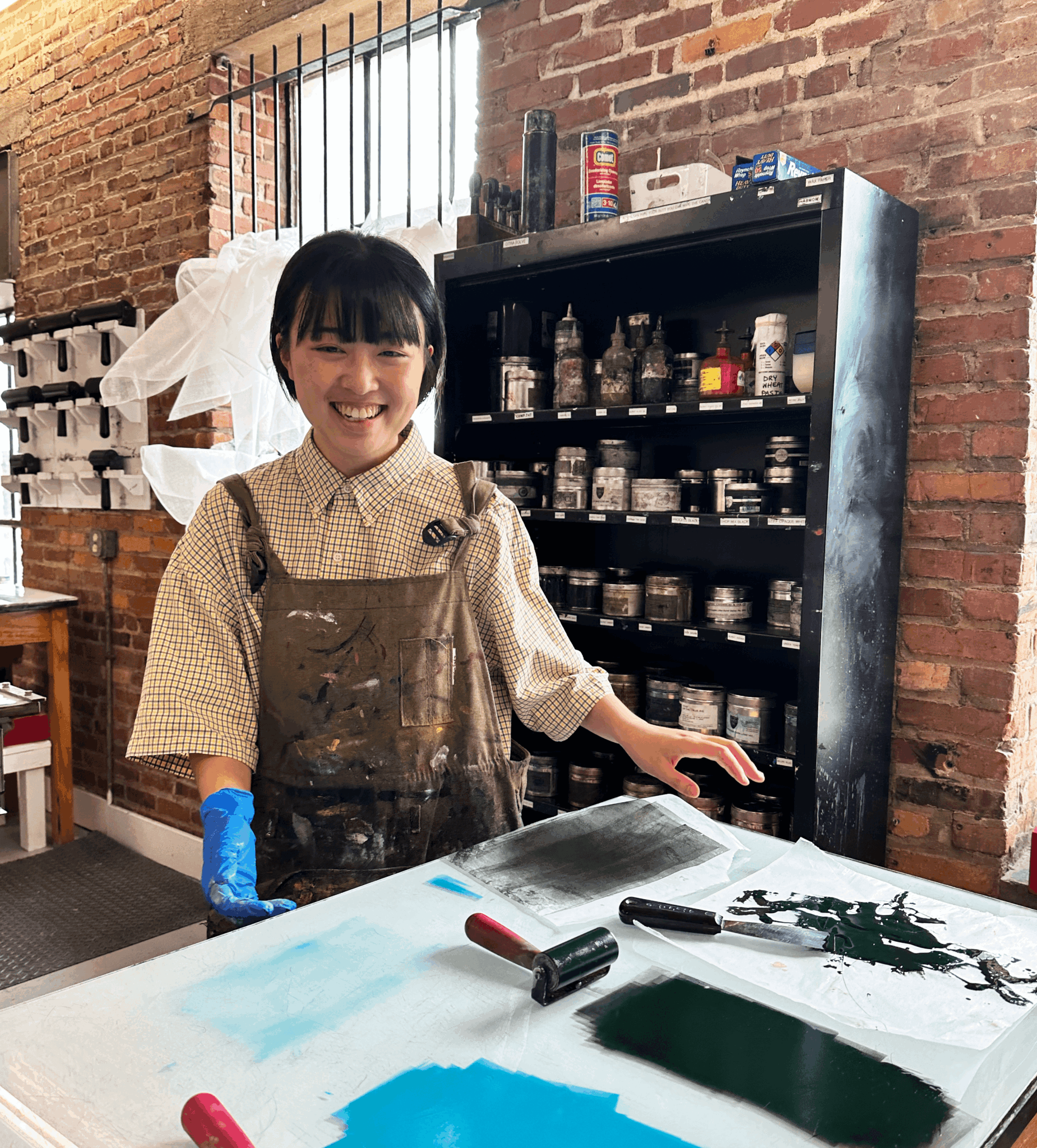We caught up with the brilliant and insightful Haohao Yu a few weeks ago and have shared our conversation below.
Haohao, thanks for joining us, excited to have you contributing your stories and insights. We’d love to hear about a project that you’ve worked on that’s meant a lot to you.
The most meaningful project I’ve worked on is one that directly explores “Impostor Syndrome”—a feeling I’ve struggled with for years. As a creator, I’ve often questioned whether my work was truly “good enough,” comparing myself to others and dismissing my own achievements. This project became a way to confront those doubts head-on.
Inspired by my personal experiences and the book Steal Like an Artist, I built the concept around the idea that creativity is not about chasing an ultimate standard or winning a competition—it’s about embracing your unique voice. The piece visually translates that message, encouraging others to see their individuality as their greatest strength.
Working on it was deeply personal. It wasn’t just an art project; it was a form of self-reassurance, a reminder to myself and others that worth as a creator isn’t measured by comparison, but by authenticity. That’s why this project holds such a lasting meaning for me—it helped me shift from self-doubt to self-acceptance.

Awesome – so before we get into the rest of our questions, can you briefly introduce yourself to our readers.
I’m Haohao Yu, a motion media designer with a background in advertising and a love for visual storytelling. My path into this industry wasn’t linear—I started in graphic design and brand communication, but I was always drawn to moving images and how they could amplify emotion. That curiosity led me to pursue my Master’s degree in Motion Media Design at SCAD, where I’ve been able to merge my design foundation with animation, cinematography, and narrative thinking.
My creative work ranges from TV show branding to public service announcements and character-based storytelling. Whether I’m crafting sleek, vector-based gradients for a broadcast package or building a whimsical world for an animated short, my focus is always on clarity of message and emotional connection. I help clients distill their vision into visuals that not only look beautiful, but also resonate deeply with their audience—solving the challenge of communicating complex ideas in a way that feels both engaging and human.
What sets my work apart is a blend of strategic thinking and playful creativity. Because of my advertising background, I understand how design functions as a brand tool, but I also love infusing it with unexpected visual ideas that make people feel something. I’m most proud of projects where I’ve taken a deeply personal perspective—like my piece on impostor syndrome, which uses motion graphics to remind creators that their worth lies in authenticity, not comparison.
At the heart of my work is a belief that design is a form of connection. I want potential clients, followers, and collaborators to know that when we work together, it’s not just about creating something visually striking—it’s about telling a story that matters, in a way that is true to its voice and audience.
Is there mission driving your creative journey?
My goal as a motion designer is to use visuals as a bridge—to take stories, ideas, and emotions and translate them into motion in a way that connects with people. I believe motion design has a unique power to make abstract concepts tangible and to bring important messages to life. Whether it’s raising awareness for a cause, building a brand’s identity, or simply telling a human story, I want my work to spark understanding, emotion, and curiosity in the audience.

Looking back, are there any resources you wish you knew about earlier in your creative journey?
Absolutely. I wish I had discovered creative communities and mentorship opportunities earlier in my journey. Early on, I worked mostly in isolation—researching on my own, experimenting, and figuring things out through trial and error. While that taught me independence, I later realized how much faster you can grow when you’re connected to others who share knowledge and experiences.
Online platforms like Motionographer, School of Motion, and Behance, as well as design meetups and critique groups, opened my eyes to different styles, workflows, and perspectives. More importantly, they reminded me that creative growth isn’t a solitary process—it’s built on dialogue, feedback, and inspiration from others. If I had embraced those resources sooner, I think I would have been more confident and less afraid to share my work.
Contact Info:
- Website: https://thisishao.myportfolio.com
- Instagram: https://www.instagram.com/hhyu1999
- Linkedin: https://www.linkedin.com/in/chihhaoyu

Image Credits
All the photos are shot by me.


